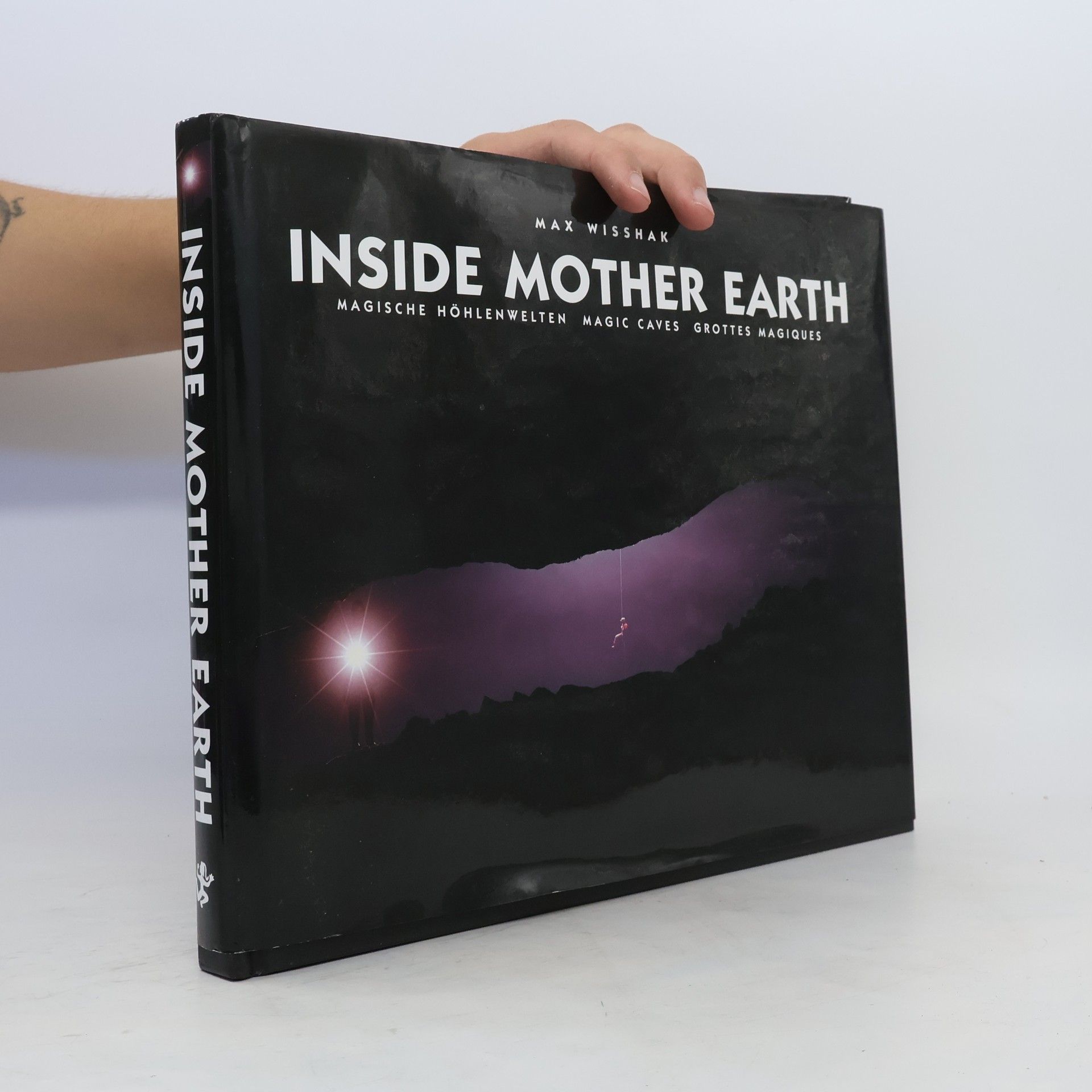Eine fantastische Reise ins Innere unserer Erde! Der Bildband des engagierten Wissenschaftlers, Speläologen und Fotografen Max Wisshak begeistert nicht nur Höhlenforscher und Geologen, sondern auch naturinteressierte Menschen, die die Schönheit unserer Erde schätzen. Vier fundierte Texte zu verschiedenen Aspekten unseres Daseins und Forschens in der Natur ergänzen das Buch und machen es zu einem Gesamtkunstwerk. Mit seinen Blitzlichtern zaubert Wisshak aus dem ewigen Dunkel verborgene Schönheiten hervor. Sein künstlerisches Gespür für Kontrast und Bildgestaltung fängt den Zauber der Reisen in die Tiefen der Erde ein. Diese innere Welt bietet einen Zugang zu den Wurzeln unseres Daseins. Inmitten dieser Wunderwelt steht der Mensch, klein und auf sich selbst reduziert, verbunden mit dem Leben auf der Erdoberfläche wie eine Spinne am seidenen Faden.
Max Wisshak Book order

- 2008